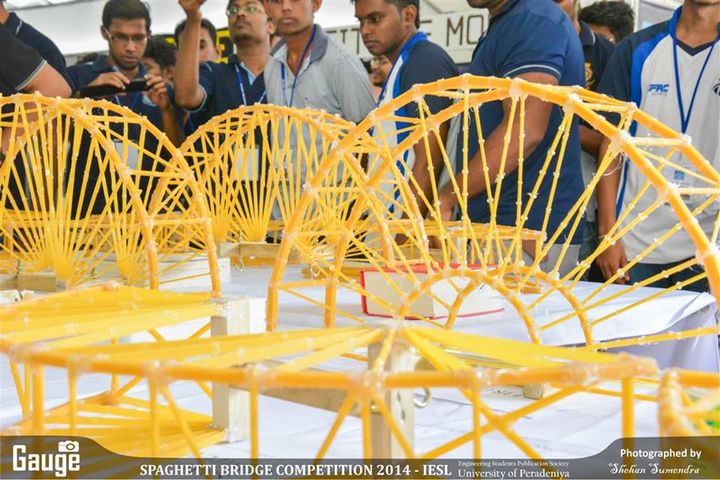Widening the Boundaries of the World with Biomedical Engineering

World of engineering evolves day by day with newer additions to the existing set of fields. One of these newest trend in engineering is Biomedical Engineering. Just like the name implies this is a collaboration of Medicine, Biology and Engineering fields. With the evolving technologies, this field of engineering focus on how engineers can work towards the healthcare of the general public through new or improved innovations.
Currently biomedical engineering is not a widely popular field in the country. The knowledge on the field among the students and the relevant parties are at a minimum level. But Biomedical Engineering is a key aspect of engineering which is vital for the development of a country.
Basically Biomedical Engineering is solving the problems related to the fields of Medicine and Biology through engineering applications. The said field is with a very wide scope. So the contribution from every other engineering fields are vital for the progress and operation. Commonly seen examples of Biomedical Engineering are imaging techniques used in medical field like MRI, CT and X-Ray, or the prosthetic controls for the disabled or the development of artificial organs as replacement for failed human organs and so forth.
But Biomedical Engineering have many more applications which are not usually observed. These are some fundamental areas in which the field help to optimize the facilities and the forward journey of the medical field. Design of medical facilities with optimization for power failures, development of surgical and life support instruments which are fail proof, design of advance biomaterials, neurological controls, optimizing the human movements by taking maximum use out of natural body design are some of the few such applications which Biomedical Engineers are working on.
Apart from the imaging techniques, which are currently at its peak with the development over decades in to a highly accurate and well detailed technology, design and development of prosthetics for disabled community is taking an upper hand when talking about Biomedical Engineering now-a-days. Introduction of an artificial substance or a product to the body of a human being follows lots of research which is done to ensure that they are not rejected from the body upon implantation or operation. This is vital for artificial organ design and usage of material for them. Also in prosthetics they should be compatible with the body and it’s more preferred if they could communicate with the body and act upon it, rather than being a mere supporter, in place of a missing body part.

For those who are interested, I focus on one of the latest research done on prosthetic legs for rock climbers, which enable the operation of the leg which is extremely use friendly for such purposes. Goats are a common sight among the high mountains. There is lots of agility in their part involved in climbing those heights with extreme slopes. This is what inspired Kai Lin, an undergraduate student who designed this prosthetic legs named as KLIPPA. This goat like architecture in the leg challenge the existing limitations of similar products. [More details available at http://portfolios.pratt.edu/gallery/16820519/KLIPPA-Prosthetic-Leg-for-Rock-Climbers]
Specified Biomedical Engineering field is introduced to the world back in recent past, 1960s. But the field was used in the world, but not specified, since around hundred years. Development of Electrocardiograph back in the beginning of 20th century were milestones in Biomedical Engineering. Currently, in its very short period of existence, Biomedical Engineering have undergone a vast improvement and have become vital for the current world
Presently in Sri Lanka, Biomedical Engineers’ role is not completely realized as a vital role to the development of the nation. Therefore the current job market do not offer a real value for the specialists of the field. In University of Peradeniya, this field is offered as a technical elective for final year students who have a specified interest in the subject. This enable them to explore the limits of Biomedical Engineering if they have the interest. And it was clear that the university is working towards keeping the curriculum in line with the policy makers and make a back-to-back effort to improve the status of the field in the country to gain higher recognition, and eventually introduce the field in to the curriculum as a full-time course when the status of the nation improve.
Based onInterviewing Dr. Ruwan Ranaweera Department of Electrical and Electronic Engineering, Faculty of Engineering, University of Peradeniya.
Reporter and Interviewer Chanaka Hettige Second Year, Department of Electrical and Electronic Engineering, Faculty of Engineering, University of Peradeniya.
Interviewer Tharinda Jayawickrama Second Year, Department of Electrical and Electronic Engineering, Faculty of Engineering, University of Peradeniya.




